Geometry Vocabulary Worksheet
Are you a student who wants to improve your understanding of geometry vocabulary? Look no further than this Geometry Vocabulary Worksheet! Designed specifically for middle and high school students, this worksheet provides a comprehensive list of terms and definitions related to geometry. With clear and concise explanations, this resource is perfect for those seeking to enhance their knowledge of geometric concepts and become more confident in their geometry studies.
Table of Images 👆
- 7th Grade Math Worksheets
- Circle Geometry Worksheets Answers
- Vocabulary Assessment
- Circle Angle Measure Worksheet Answer Key
- 4th Grade Math Worksheets
- Quadrilateral Worksheets 3rd Grade
- Halloween Math Worksheets
- Math Crossword Puzzles with Answers
- Preschool House Shape Template
- Main Idea Worksheet 3rd
- Math Angle Relationships
- Circulatory System Worksheets
- Kindergarten Math Addition Word Problem Worksheet
- Sujetos Y Predicados
More Other Worksheets
Kindergarten Worksheet My RoomSpanish Verb Worksheets
Healthy Eating Plate Printable Worksheet
Cooking Vocabulary Worksheet
My Shadow Worksheet
Large Printable Blank Pyramid Worksheet
Relationship Circles Worksheet
DNA Code Worksheet
Meiosis Worksheet Answer Key
Rosa Parks Worksheet Grade 1
What is the definition of a point?
In geometry, a point is a location in space that has no size, shape, or dimension. It is represented by a dot and is used to define the position of other geometric objects.
Define a line.
A line is a straight path that extends indefinitely in both directions, with no endpoints, defined by two points. It has one dimension and can be represented by a straight line segment or by an equation in geometry.
What is an angle?
An angle is the geometric figure formed by two rays or line segments that share a common endpoint, called the vertex. It is measured in degrees and represents the amount of rotation needed to move from one ray to the other. Angles are used to describe the relationships between lines, shapes, and points in mathematics and geometry.
Describe a triangle.
A triangle is a three-sided polygon that consists of three line segments called sides, connecting three points called vertices. The sum of the interior angles of a triangle is always 180 degrees. Triangles come in various types based on their side lengths and angle measurements, such as equilateral, isosceles, and scalene triangles.
What is the definition of a circle?
A circle is a two-dimensional geometric shape that consists of all the points that are a fixed distance, known as the radius, from a central point, known as the center.
Explain the concept of parallel lines.
Parallel lines are two or more lines that are always the same distance apart and will never intersect, no matter how far they are extended. They have the same slope and will run side by side in the same direction forever. In geometry, parallel lines play an important role in the study of angles, shapes, and symmetry.
Define perpendicular lines.
Perpendicular lines are two lines that intersect at a 90-degree angle, forming right angles where they meet. This geometric relationship is a fundamental concept in geometry and indicates that the two lines are at right angles to each other, creating four right angles at their intersection point.
What is the meaning of a rectangle?
A rectangle is a quadrilateral with opposing sides that are parallel and equal in length, and all four angles are right angles (90 degrees).
Describe a square.
A square is a geometric shape with four equal sides and four right angles. Each side of a square is the same length, and all interior angles measure 90 degrees. A square is a regular quadrilateral with symmetry along its diagonals, making it a simple and symmetrical shape in geometry.
Explain the concept of symmetry.
Symmetry is a balance, proportion, or similarity between the parts of an object, shape, or design. It is a fundamental principle in mathematics, science, and art where one side of an object mirrors the other exactly, creating a sense of harmony and visual appeal. Symmetry can be found in many natural patterns, such as the branching of trees or the structure of snowflakes, as well as in man-made structures, like buildings and works of art. It is a key element in aesthetics and design, contributing to a sense of order and beauty in the world around us.
Have something to share?
Who is Worksheeto?
At Worksheeto, we are committed to delivering an extensive and varied portfolio of superior quality worksheets, designed to address the educational demands of students, educators, and parents.

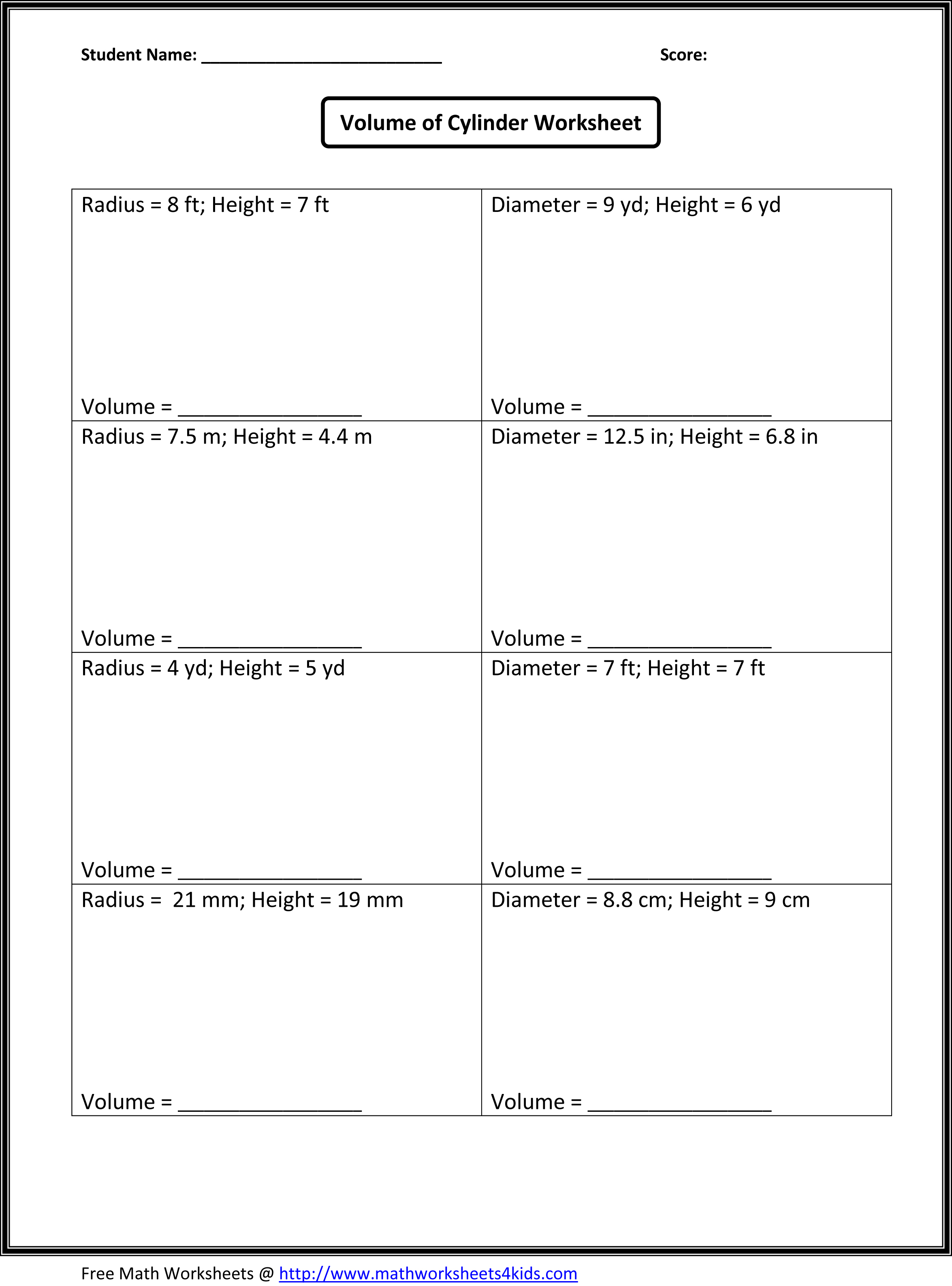



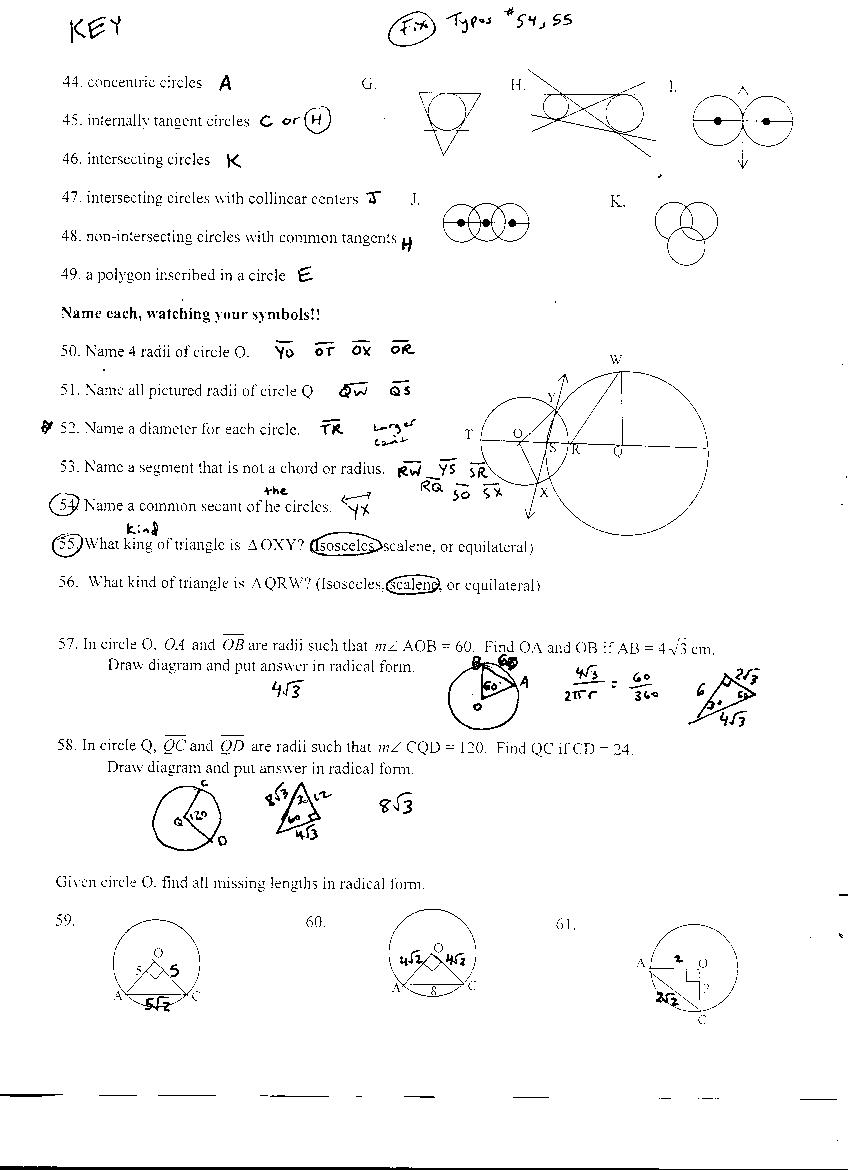
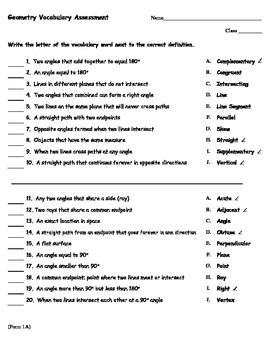
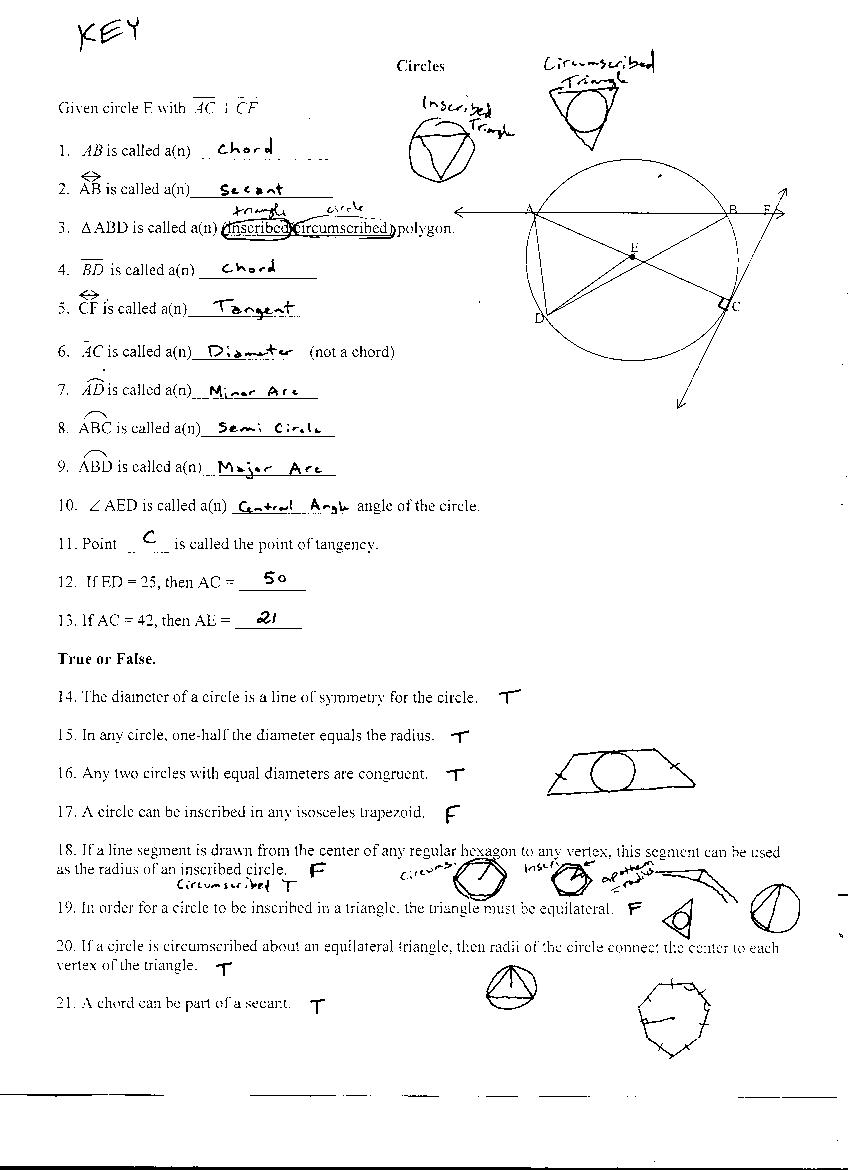
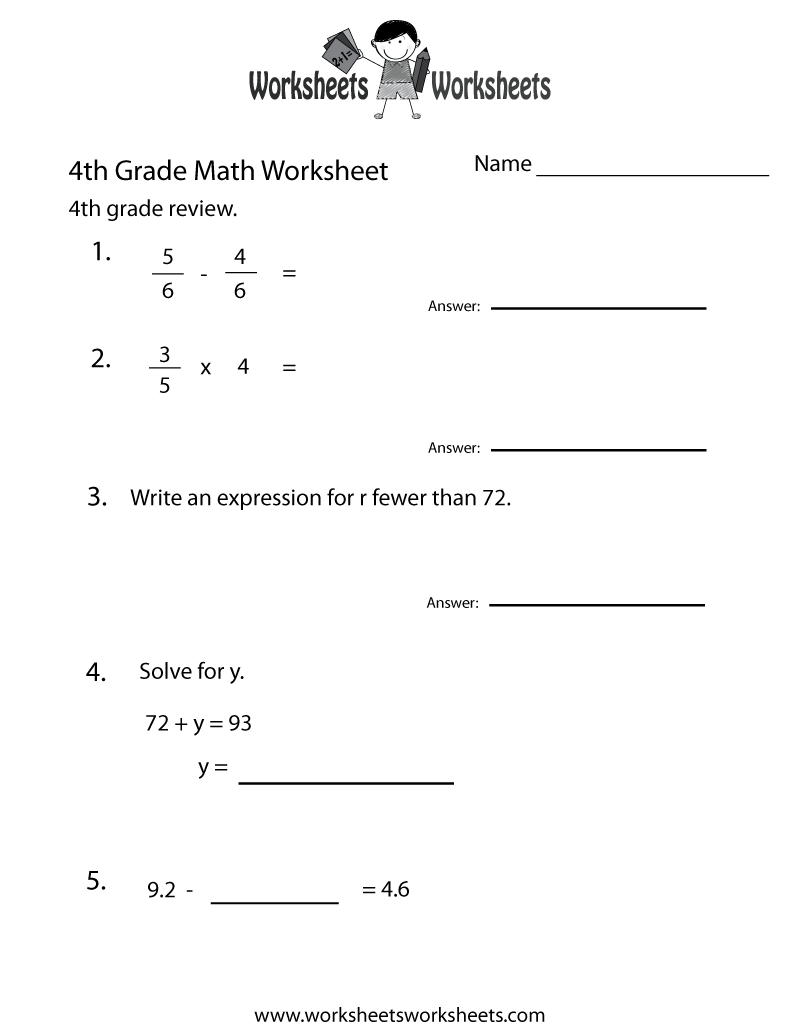
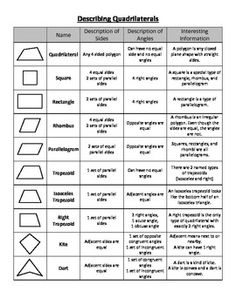
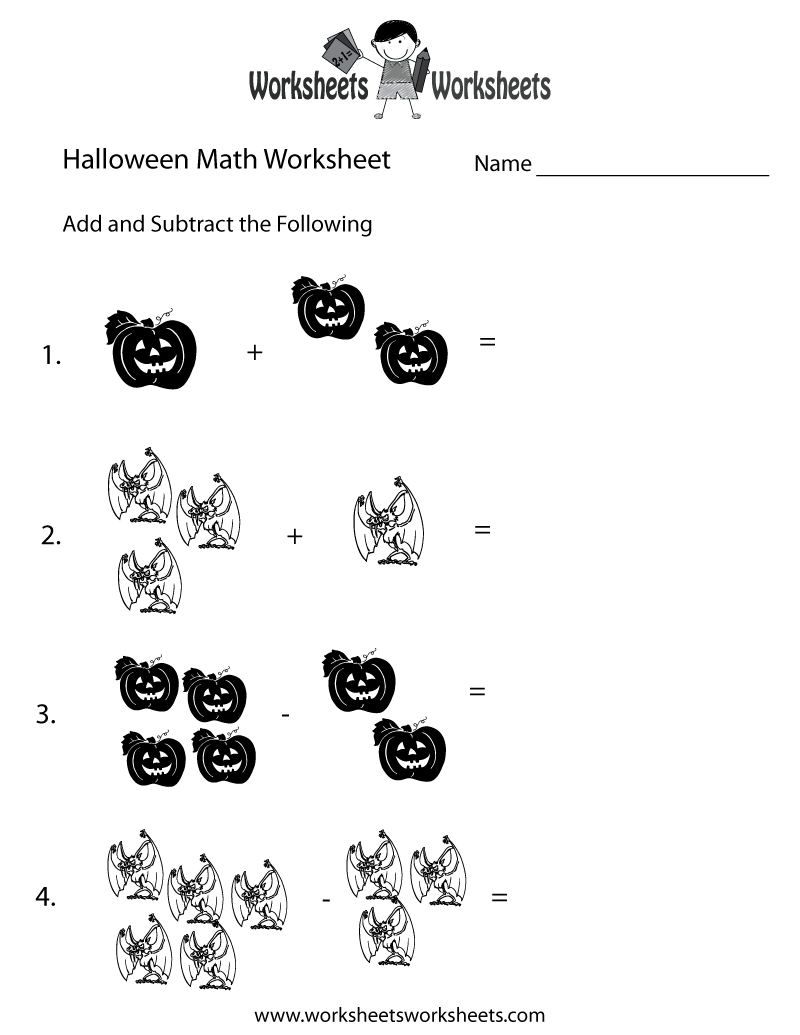
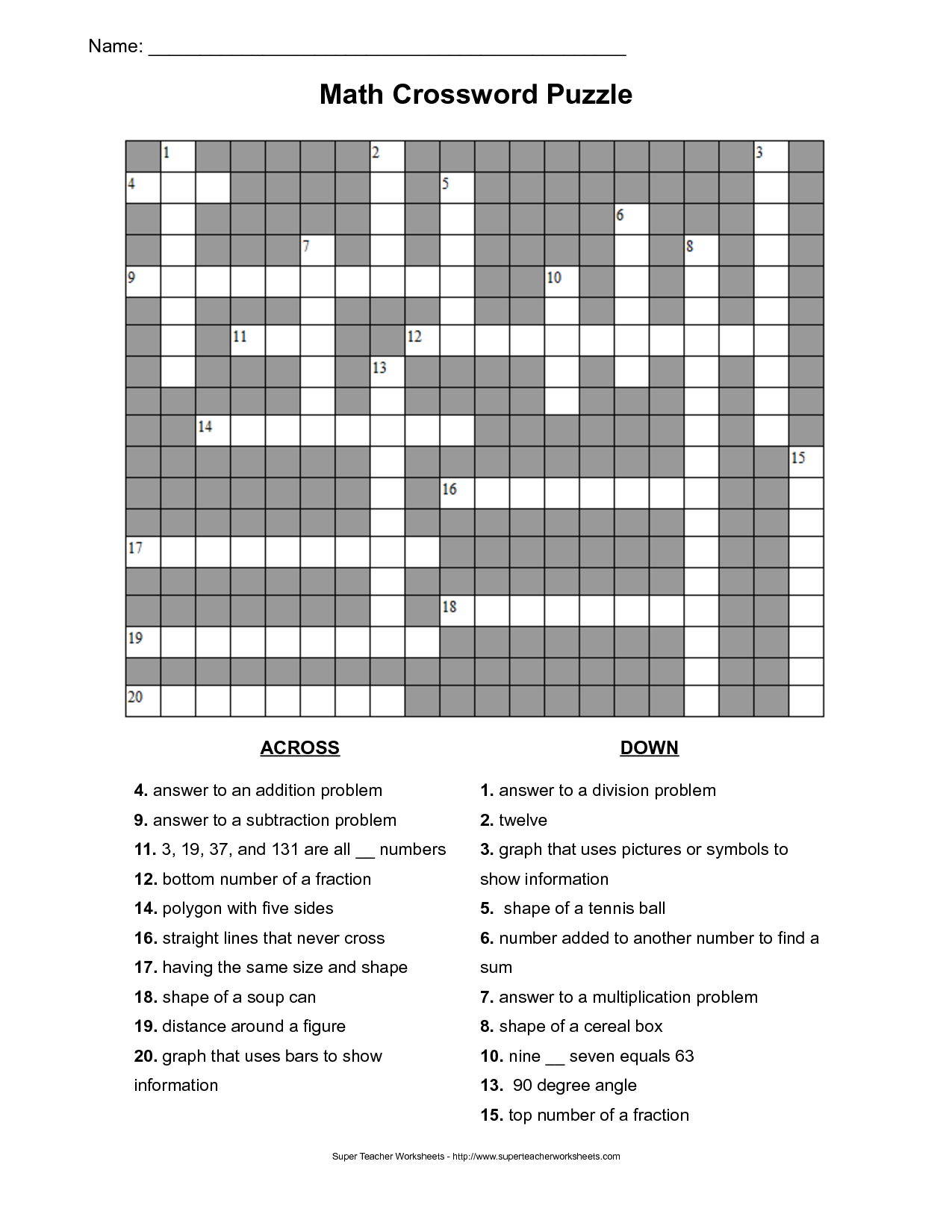
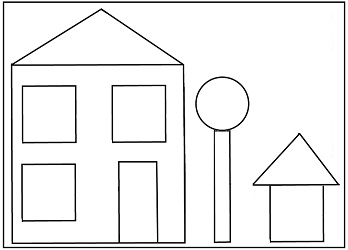
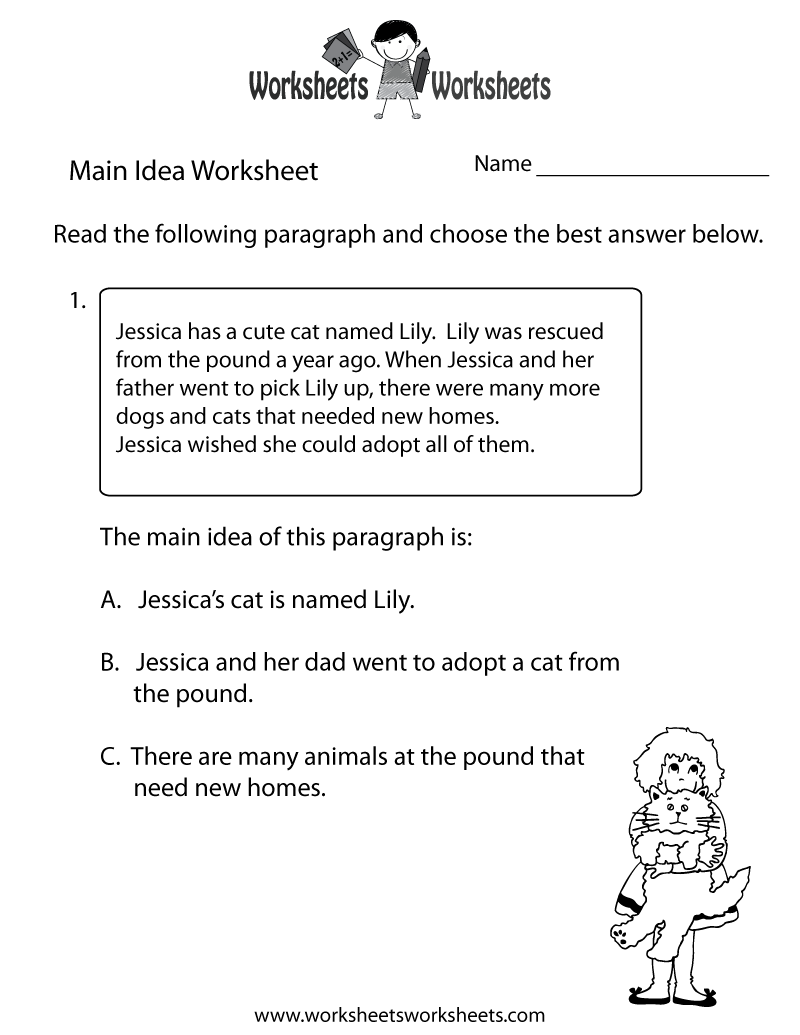
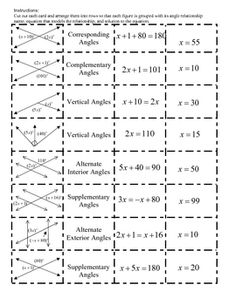

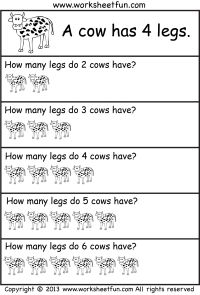
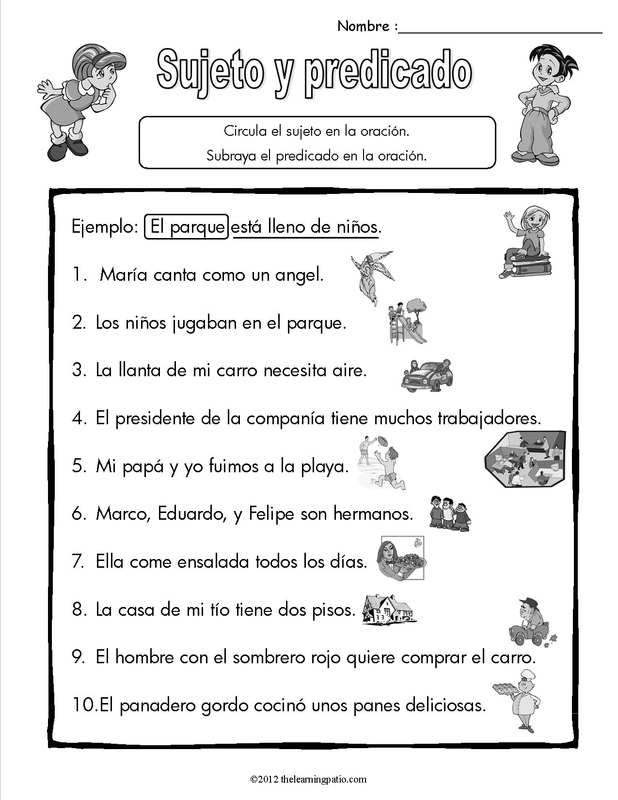














Comments